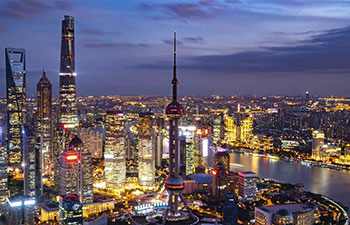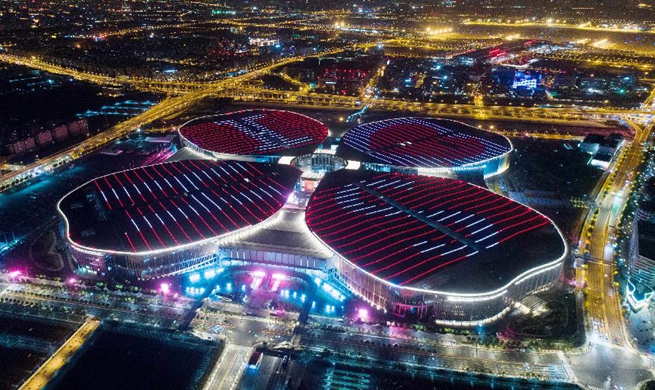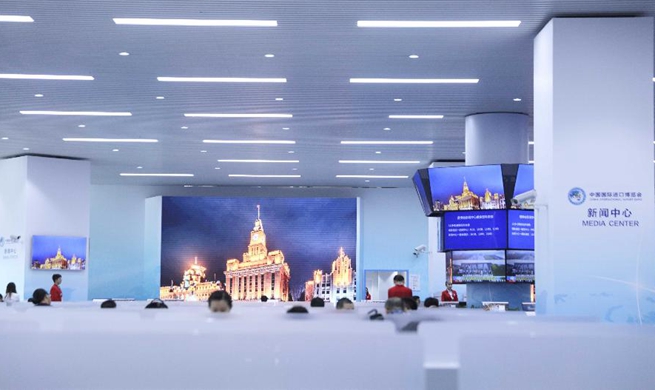BEIJING, Nov. 4 (Xinhua) -- What's behind China's stunning achievement of lifting 68.53 million people out of poverty in five years? Is there anything that other countries can learn from China's fight against poverty?
Ahead of the International Forum on Reform and Opening-up and Poverty Reduction scheduled for Thursday and Friday, officials and experts from other countries and organizations went on trips around China to explore and gain poverty relief wisdom first hand.
In different groups, they went to poor areas in Ningxia Hui Autonomous Region, Guizhou and Henan provinces, where they learned about the secrets behind the country's development and changes in people's lives.
The city of Bijie, southwest China's Guizhou Province, was among the most impoverished areas in China.
During the past week, foreign guests visited relocated households to learn about local medical care and employment and went to a village that has become a kiwifruit plantation in an effort to reduce poverty.
Daniela Coswig Kalikoski, advisor to the strategic program on reducing rural poverty of the Food and Agriculture Organization of the United Nations, said he got the answers to how China has reduced poverty significantly during the visit.
"It's very impressive that China has all the elements. The precise approaches are systematic and integrated," Kalikoski said.
"China has a social security system for those who are not able to work and offers vocational training, education and job opportunities for them," he added.
Lankao County in Henan had been poor throughout history and suffered from frequent floods and sandstorms for centuries. But now with the booming mushroom industry and homestay tourism, local people have jobs and are awarded special loans for poverty alleviation.
Nkolo Foe from Cameroon, deputy head of the Council for the Development of Social Science Research in Africa, made detailed notes about the visit in Lankao out of his interest in China's social and economic development.
China is able to solve major problems by pooling resources and efforts, and it is a great feat to bring tens of millions of people out of poverty with measures including industrial development and job creation, Foe said.
The Minning Township in Ningxia was just a barren place some 20 years ago. Over the past years, the town has witnessed a surge in residential income through the development of tourism, plantation, photovoltaic and other industries with the assistance of Fujian Province.
The population there expanded from several hundred to more than 60,000, and the per-capita annual residential income increased from less than 500 yuan (about 72 U.S. dollars) to over 10,000 yuan.
China has seen tremendous changes since 1998, when Shafqat Kakakhel, chairperson of the Pakistan Sustainable Development Policy Institute, visited China for the first time.
China is pursuing a more balanced development, and the experiences are helpful for Pakistan, Kakakhel added.
Mamadou Fall, a professor from Senegal, holds a similar view, saying that China's poverty relief model can serve as a good example for Africa and the rest of the world.
The battle against poverty is one of the "three tough battles" that the country must win to build a moderately prosperous society in all respects by 2020. To achieve the goal, China needs to lift around 30 million poor rural residents out of poverty between 2018 and 2020.

















